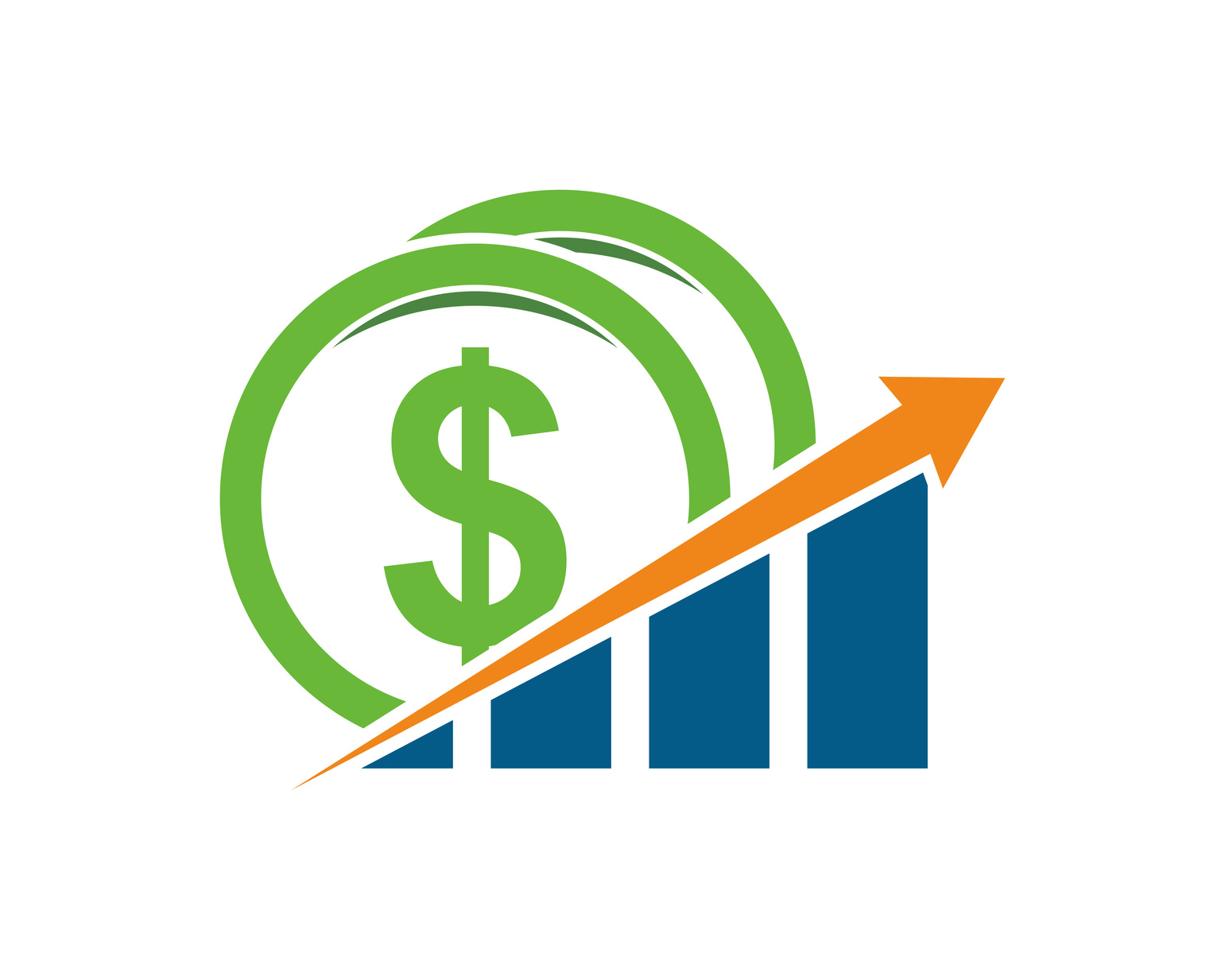Understanding the dynamics of Individual Retirement Accounts (IRAs) is paramount for anyone seeking a secure financial future. As a vehicle for retirement savings, IRAs provide various investment options and tax benefits that aid individuals in their quest for a comfortable retirement. However, it’s not just about having an IRA; it’s also about understanding how IRA rates impact your savings, particularly during their increase. This piece will unpack IRAs, highlight the significance of IRA rates, investigate the factors driving rate increases, articulate the implications and, in turn, offer guidance on navigating this fluctuating economic landscape.
Basics of Individual Retirement Accounts (IRAs)
The Basics of Individual Retirement Accounts (IRAs)
Individual Retirement Accounts (IRAs) are investment vehicles that provide tax advantages for retirement savings in the United States. They are designed to encourage individuals to save for their retirement and to incentivize long-term investment.
How IRAs work is rather simple. An individual contributes pre or post-tax dollars to an IRA, and those investments grow tax-deferred until retirement. In other words, you won’t pay taxes on the money as it grows over time. You will, however, be required to pay taxes on the funds when you withdraw them in retirement.
Throughout the years, the maximum contribution limits set by the IRS for IRAs might increase. This is often due to inflation adjustments designed to maintain the real value of the thresholds. For instance, the contribution limit increased from $5,500 in 2018 to $6,000 in 2019. An increase in IRA rates means you can contribute more money to your IRA and grow your retirement savings faster.
Types of IRAs
There are several types of IRAs, but the Traditional and Roth IRAs are the most common.
A Traditional IRA provides you with a tax deduction in the year you make the contribution. The funds then grow tax-deferred until you withdraw them in retirement. At that point, you’ll pay regular income tax on the distributions. If an individual is in a lower tax bracket during retirement than during their working years, a Traditional IRA may be beneficial as they could potentially pay less tax overall.
A Roth IRA, on the other hand, is funded with post-tax dollars, meaning the income you’ve already paid taxes on. Therefore, it grows tax-free, and you won’t pay any tax on the withdrawals after retirement, provided you meet certain conditions. It is especially useful if the individual believes they might be in a higher tax bracket in retirement than they are now.
Another IRA variation is the SEP IRA,specially planned for self-employed individuals and small business owners. It permits a business owner to contribute up to 25% of their income or $57,000, whichever is lesser.
Increased IRA Rates: A Key to Amplifying Retirement Savings
An enhancement in Individual Retirement Account (IRA) rates can serve as a powerful tool in protecting your earnings from taxation and amplifying the accumulation of compound interest over a period of time. If you qualify for it, you are highly encouraged to seize this chance to bolster your retirement savings. Remember, the type of IRA you select, Traditional or Roth, can have massive implications on your immediate and future tax situation. It’s therefore recommended to seek the counsel of a financial advisor or tax professional when mapping out your retirement strategy.

The Significance of IRA Rates
Demystifying IRA Rates
Most simply, an Individual Retirement Account or IRA can be seen as a special kind of savings account specifically designed to provide substantial tax benefits for those committing funds towards their retirement. The term ‘IRA rates’ signifies either the interest rates or the rate of return achievable from the investments within the IRA. Any elevation in IRA rates signifies an opportunity for greater returns – be it interest, dividends or capital gains, on invested amounts, potentially leading to a beefier retirement fund over time.
The Impact of Increased IRA Rates on Retirement Funds
Let’s take a hypothetical scenario to illustrate the impact of IRA rates on retirement funds. Assume that you start an IRA at the age of 25, make contributions of $300 every month, and plan to retire at the age of 65.
- If the average annual IRA rate is 2%, the account will have grown to approximately $246,725 by retirement.
- If the rate increased to 5%, the retirement account would reach around $548,323.
- However, with an even better rate of 7%, the total retirement savings would be approximately $883,185.
The significant difference in the final amounts demonstrates the importance and impact of IRA rates. Even a slight increase can make a substantial difference in the long run, leading to more significant retirement savings.
Managing the Balance: Risk and Reward
While high IRA rates are appealing, they often come with higher risks, especially if the increased rate is due to more aggressive investments within the IRA. Investors should strike a balance between seeking out higher rates and protecting their retirement funds from unnecessary risks. Investment choices within the IRA should ideally be aligned with risk tolerance level, income, retirement goals, and time left until retirement. Therefore, while increased IRA rates are beneficial to an extent, such decisions should not be made without a proper understanding of the risk and return relationship.
Professional Guidance: Navigating Increased IRA Rates
To optimally capitalize on increased IRA rates, you may want to consider getting professional advice. Financial advisors can provide guidance based on a personalized review of your financial situation and retirement goals. They can recommend strategies that could help maximize the benefit of increased IRA rates within your risk comfort zone.
To plan effectively for retirement, understanding and keeping a close eye on Individual Retirement Account (IRA) rates is critical. An increase in these rates can cause your retirement savings to grow appreciably over time. However, it’s also vital to consider the level of risk associated with higher returns and ensure that it aligns with your risk tolerance.

Photo by christinhumephoto on Unsplash
Factors Influencing Increased IRA Rates
Fundamental Elements That Elevate IRA Rates
Several interlinked factors contribute to the increase in Individual Retirement Account (IRA) rates, mainly changes in federal government regulations, shifting economic conditions, and evolving market dynamics. These rates are instrumental in determining your income after retirement, making it vital to comprehend what influences these rates.
Federal Government Regulations and Policies
The federal government controls the maximum limit that can be contributed to an IRA annually. Changes to these limits can influence IRA rates, as higher contribution limits allow for potentially greater returns. For example, in 2020, the maximum contribution limit was raised to $6,000, up from $5,500 in previous years. This increase allowed more money to be invested, potentially driving IRA returns up.
Policy changes can also impact retirement account rates. For instance, the Secure Act, passed in 2019, made significant changes to retirement savings policy, including pushing back the age at which retirement plan participants need to take required minimum distributions to 72 from 70½. This allows your investments more time to grow, potentially leading to an increase in IRA rates.
Economic Fluctuations
The state of the economy has a direct impact on IRA rates. In times of economic growth, stock and bond markets tend to do well, which can result in increased IRA returns. Conversely, during a recession or economic downturn, the rates can suffer.
Rates of return on IRAs depend on the types of investments you choose within your IRA. If you have chosen an IRA that is heavily invested in stocks and bonds, then a flourishing economy would often result in higher returns and subsequently increased IRA rates.
Inflation is another economic factor that can impact IRA rates. When inflation is high, purchasing power decreases and can negatively impact the real value of retirement savings.
Market Conditions
Changes in the stock markets can directly impact the returns on your IRA. When stock prices rise, the assets in your IRA will likely increase in value leading to higher IRA returns. Conversely, if the stock market is performing poorly, it can lead to reduced IRA rates. It’s crucial to diversify your retirement portfolio to mitigate these risks.
Interest rates set by the Federal Reserve can also influence IRA rates. When the Fed raises interest rates, the yield on newly issued bonds goes up, which can benefit those who own bond funds in their IRAs.
The Bigger Picture
Recognising the myriad factors that can impact IRA rates is important for an informed retirement savings strategy. This knowledge could potentially provide you with higher returns over time. However, given the ever-changing nature of these determinants, it is crucial to regularly assess and adjust your investment plan according to current trends and projected forecasts.

Implications of Increased IRA Rates
Deciphering Increased IRA Rates
Individual Retirement Accounts (IRAs) are common retirement savings vehicles in the United States, with their growth often hinging on various elements, including the IRA rates. The IRA rate encompasses the rate of interest or income generated by your IRA investments. When the IRA rate increases, this suggests a heightened rate of returns on your IRA investments, which can be beneficial for account holders. However, it’s worth noting this increase may also present potential risks and disadvantages.
Potential Advantages of Increased IRA Rates
One of the biggest advantages of increased IRA rates is the higher growth potential for your retirement funds. Higher ROI means your investments can grow at a faster pace, maximizing your savings for retirement. This can ensure a more financially secure retirement and potentially enable early retirement.
Another advantage is the increased purchasing power. As your IRA grows at a higher rate, it doesn’t just mean more money; it also means better financial stability. Your investment profit can help negate the effects of inflation and protect your purchasing power in the future.
Finally, higher IRA rates can diversify your investment portfolio. To take advantage of the high IRA rates, investors often diversify their portfolio by investing in various financial instruments offering these rates.
Potential Disadvantages of Increased IRA Rates
While the benefits of increased IRA rates are tangible, there are also some potential disadvantages that should not be overlooked. For example, higher IRA rates might imply a higher level of risk. To achieve higher returns, IRA accounts may need to invest in higher-risk assets.
In an environment of increased IRA rates, these high-risk assets may become more volatile, potentially leading to significant losses. The risk of losing investment capital is a stark reality when dealing with high-return, high-risk investments.
Another potential disadvantage is the possibility of inflation. While higher IRA rates can help combat inflation to some extent, the fact remains that in an environment of rising interest rates, inflation often follows suit. This could erode the real value of your retirement savings and negate the benefits of higher IRA rates.
Implications for Financial Planning
Increased IRA rates can have considerable implications on financial planning and investment strategies. Investors may need to reassess their tolerance for risk and adjust their asset allocation in their IRA portfolio to take advantage of the high rates without overly exposing themselves to risk.
Moreover, individuals may need to revisit their retirement goals with the increased IRA rates. If their IRAs are growing faster, they might be able to retire earlier or have a more luxurious retirement life.
Finally, with the changes in IRA rates, tax implications might change as well. Understanding these tax considerations are crucial as they can influence the net income you’ll receive upon retirement. Therefore, it would be wise to seek advice from a financial advisor to make the most out of the increased IRA rates.
In conclusion, while increased IRA rates have the potential to significantly enhance your retirement savings, they are not without their risks and challenges. It’s therefore fundamentally important to adopt a prudent approach, involving careful planning, diversifying your portfolio, and conducting regular reviews of your IRA investments.

Navigating Through Increased IRA Rates
Increased IRA Rates: Interpreting the Rise in today’s Financial Landscape
The significance of Individual Retirement Accounts (IRAs) in planning for the future cannot be underestimated. They offer the opportunity for your savings to grow tax-free, until such time comes as you retire. In the US, there has been a recent uptick in IRA rates, which may have left you wondering what this means in terms of benefits, as well as potential downsides.
At first glance, you could be forgiven for assuming that increased IRA rates are a negative development; after all, the consensus tends to be that lower rates are more beneficial. But consider for a moment the effect over the long term. The reality is that higher IRA rates equate to improved returns on your savings. Given time and the wonders of compounded growth, this could result in a significantly more substantial nest egg for your golden years.
How to Capitalize on Increased IRA Rates
Capitalizing on increased IRA rates will require an adaptive and flexible investment approach. One strategy is to increase contributions. By escalating your IRA contributions, you’ll be taking advantage of the higher returns generated by the increased rates. This could add significantly to your retirement fund over time even with moderate contributions.
Another tactic to take advantage of increased IRA rates to build wealth and save for retirement is by diversifying your investments. Diversification involves spreading your investments to a variety of assets to reduce risk. By diversifying within your IRA portfolios that may include bonds, stocks, or even real estate, your earnings have a chance to grow exponentially, mitigating some risks associated with a bullish market.
Fending off Increased IRA Rates and Market Volatility
While many investment strategies rely on increased IRA rates for growth, it’s also crucial to have a plan to manage potential market volatility. A good place to start is to reassess your risk tolerance. Depending on your financial goals, age, and retirement plans, it might be wise to adjust your investments to be more conservative or aggressive.
Another effective way to hedge against market volatility is to periodically rebalance your portfolio. This strategy involves readjusting the portfolio to its original asset allocation to maintain its intended risk level. As certain investments may increase in value faster than others, the portfolio can become unbalanced and riskier than originally intended. Rebalancing helps bring your portfolio back to its original asset mix and risk level.
Planning for the Future Amid Change
Building a retirement fund that can weather the ebbs and flow of the market means staying informed about the changing financial landscape, like increased IRA rates. It also requires strategic financial planning and management.
In conclusion, sticking with a slow and steady strategy of regular contributions, diversification of investments, and periodic rebalancing can make full use of the benefits of increased IRA rates. As with any investment decision, these strategies should be considered along with financial goals, risk tolerance, and personal circumstances. Consulting with a financial advisor could be beneficial to navigate these future planning strategies and manage retirement funds effectively amidst a changing financial environment.

Managing your retirement finances means more than just saving; it requires a keen understanding of how changes, such as increased IRA rates, can affect your future. Whether these rate increases are driven by policy changes, economic fluctuations, or market conditions, the impact on your IRA can be significant. Likewise, appreciating the potential benefits and drawbacks that come with increased IRA rates, is crucial. With accurate understanding and strategic planning, you can turn changes to your advantage, ensuring your financial stability and peace of mind in your golden years.
